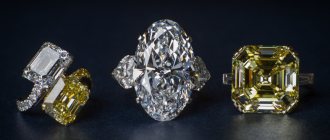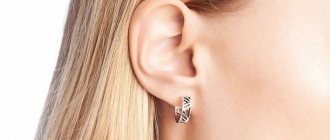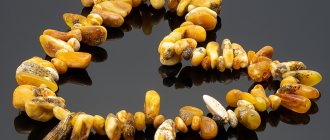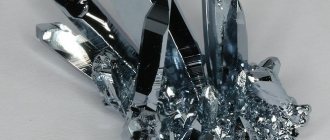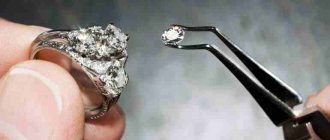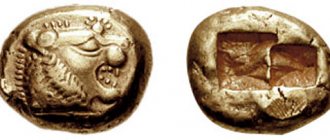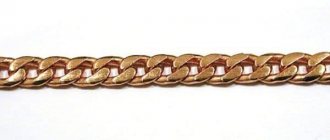Peculiarities
In dentistry, modeling teeth using wax is called Wax-up technology. Dentists use two methods of such modeling. One is the formation of a sample of the future tooth on stumps (gypsum bases), and the second is a combination of Wax-up and Mock-up techniques, creating a composite model directly in the mouth based on wax.
This is a mandatory procedure when performing orthopedic correction of defects in the oral cavity. Models need to be made for many purposes. First of all, it is necessary for the doctor to draw up a plan for the upcoming restoration. The wax model serves as a test material, using it the orthopedist and technician establish the method of restoration of the damaged tooth, discuss the scope of further work and possible difficulties in prosthetics.
If you have a model, it will be easier for the patient to explain all the features of the treatment and agree on the final appearance of the teeth. Carrying out this work will allow us to eliminate all inconsistencies and inaccuracies at the initial stage of prosthesis manufacturing.
Wax is the most suitable material, which lends itself well to processing, and after it cools, it quickly and easily takes the desired shape. To perform such work, it has excellent characteristics, namely:
- quite flexible;
- dense;
- lasting.
Thanks to these properties, the technician is able to very accurately recreate the required dimensions of the tooth so that the prosthesis made is as similar as possible to his own. Wax modeling of teeth is necessary to work out the nuances of future work to restore the functionality and aesthetics of the dentition.
Advantages
Despite the fact that the use of the Wax-up technique for orthopedic correction of defects in the oral cavity requires a specialist to perform additional work that requires the expenditure of material resources and time, doctors advise not to refuse to perform it for a number of reasons:
- The procedure allows you to prevent inaccuracies in calculations during the production of implants, as well as eliminate identified errors at the first stage.
- Manifestations of unpleasant sensations and discomfort upon completion of prosthetics are excluded.
- The duration of adaptation to new artificial units is reduced to a minimum .
- A person can examine in detail the wax model of the future prosthesis , clarify some of the nuances that interest him, thereby eliminating misunderstandings between the patient and the specialist regarding the vision of the result.
- The simulation does not affect healthy neighboring units and does not damage them.
- The preparation of supporting teeth is performed in a gentle way , which also eliminates discomfort and unpleasant sensations.
An important advantage is the type of material used in modeling. Wax is an inert natural material that does not cause adverse reactions in the body.
This is interesting: Parapulpal pins in dentistry - when they are used and how the pins are installed
Flaws
The wax modeling technique is considered ideal by many dentists. The technique itself really has no disadvantages.
But there is one drawback related to the material - it is a fairly high rate of thermal expansion of wax in comparison with other materials used for modeling.
Its high numbers are explained by the polymericity of the wax. As a result, dimensional discrepancies in castings and insufficient fixation of the cast prosthetic product may occur.
To prevent such a drawback, a measurement compensation technique is used by expanding the molding material and applying a compensation varnish.
Indications
When an orthodontist prescribes a wax-up procedure, this may be preceded by the following conditions of the patient’s oral cavity:
- pathological abrasion. This tooth condition is often corrected by installing veneers or crowns. It can manifest itself, for example, due to an incorrect bite;
- severe destruction of the supragingival part of the organs. A similar situation can develop due to advanced caries. In advanced situations, standard installation of a filling may not be necessary, since it is necessary to completely restore the walls. In this case, the patient can be saved by microprosthetics or installation of a crown;
- uncharacteristic color. Using an implant, you can select the desired enamel color, but all this is necessarily preceded by a modeling process;
- if there is only a root , then the crown can be restored using a pin. This process also applies to prosthetics. If an entire row of teeth is destroyed, then wax modeling will be a mandatory step;
- edentulous This is a condition when elements of the dentition are completely absent. The wax modeling procedure is especially relevant if the front teeth are missing. Restoration can be done using a variety of designs; artificial tooth implants are very popular;
- development of multiple defects. A prosthodontist or prosthetist must perform the Wax-up procedure if his client needs a bridge, a series of crowns, or a root implant.
Often, Wax-up helps a dental clinic client decide on the size of the proposed structure and its comfort.
The impression taken helps to accurately reproduce the individual characteristics of the patient’s oral cavity.
Master class on making a master model from casting wax. Part two. Casting
I continue my story about a cat who was born from wax, grew up in bronze, and will reach the pinnacle of her career by becoming a crystal glass
